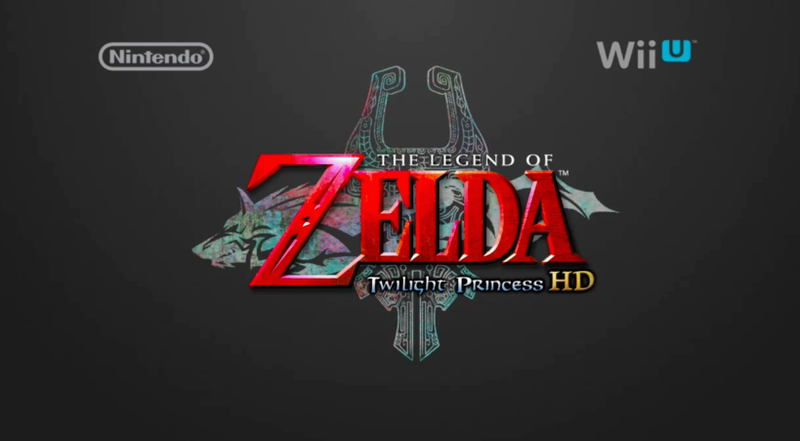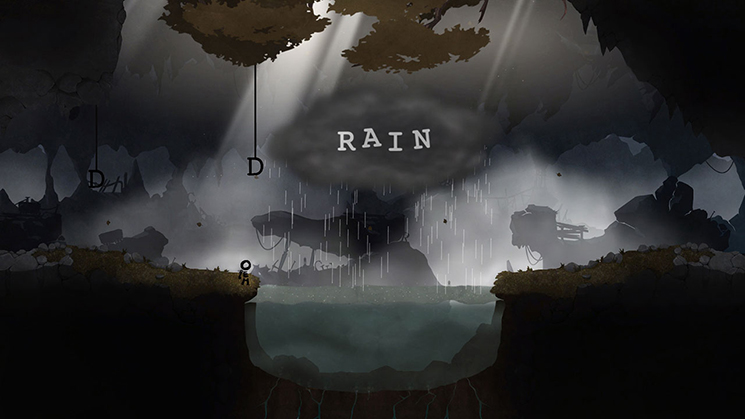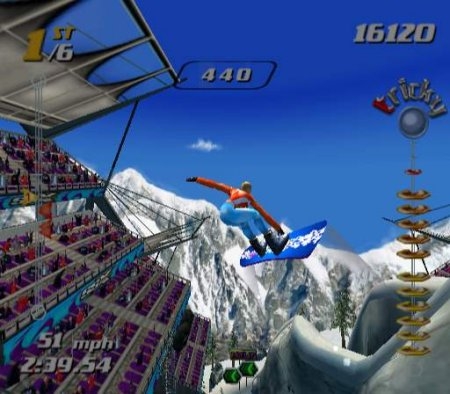Originally, this post was going to be named "Hidden Gem" but I realized that a lot of you who will read about this next game will probably be sitting at your computer at 3a.m. with the potato chips in hand thinking only "hmph". Not in a bad way at all, I just imagine that very little people have played this game. Admittedly, this is a little bit more of an obscure title. Not obscure like P.N.03 where it is at least interesting, but obscure because it is very easy to overlook. With no immediate indications of what the game has in store, I can imagine someone looking at the rack of Gamecube games at your nearest Play N Trade and not even giving this game a first thought, let alone a second one. Despite that, this is truly one of the best racing games I've ever played, and to be honest, this is my god damn blog - I can write whatever I want.

ATV: Quad Power Racing 2
First of all, I am aware that there is an ATV: Quad Power Racing for the Playstation, but I never played it, so I can't and won't compare the two. Let's move the hell on.
ATV: Quad Power Racing 2 is an ATV racing game that features a myriad of different game modes, great graphics, great music and sound effects, and an incredibly not obtrusive upgrading system. The controls are passible (usually pretty tight) and the difficulty is fair for a racing game. Racing games are an interesting realm of video games. Often, hardcore gamers pass over racing titles because the gameplay can be predictable. What do these gamers predict? That in order to complete the game, you will race over many different tracks and come in first. When you beat one track, you will unlock the next one until you have beaten them all. That's how a race works. You dumb animal.

Well certainly, there is no arguing there. In ATV:QPR2, you will race across many different tracks with the goal to come in first in order to advance to the next track. It is however, the numerous different ways to play this title via the different game modes that make this game's replay value shoot through the ceiling more than the Koolaid guy with walls. So let's discuss them at least briefly. First off is Career mode, pretty typical to any racing game. Oh yeah, I guess the point of this post is to convince you how ATV: Quad Power Racing 2 is different/better than other racers. Okay Career mode. The object of this mode is to race and perform well enough on each track to advance to the next track. Simple. Notably, the Career mode is a very decent length that already earns this game a plus over other racers, but that's not all that's going on here. The first thing you do when you turn on this game is name your own character. The customizability is virtually non-existent which blows, but you learn to love what you have. This character you name is your character during Career mode, and is available to play as in other game modes. The point of having your own personal character is that it gives you the almost necessary opportunity to upgrade your racer as you play. Throughout every game mode, you can perform tricks - 20 (or something) total not including flips and spins. When a trick is landed, your boost meter fills. Using boost during a race increases

your speed temporarily, and in a racing game, it is always necessary to go fast. Why am I telling you this? Because the entire idea behind upgrading your character is not only increasing his racing stats, but increasing his knowledge of tricks. As your character ranks up from Newbie to Master, he learns new tricks that can be performed during a race. If a more difficult trick is landed, you will be rewarded with a larger amount of boost, and a greater amount of points compared to that yielded by a more basic trick. Basically, the more your character is upgraded, the better your tricks are. The better your tricks are, the more boost you have, and the faster you go. I mentioned before that the upgrading was non-obtrusive. What I mean by this is that the upgrading system feels very synergistic with the gameplay. Usually, upgrading is associated with games that use swords or strength or magic or skills that should be improves over time. It seems odd for a racing game to use concepts that are atypical to it's genre, but ATV:QPR 2 really threads the two ideas together seamlessly. If you perform well during a race, your character will upgrade. If you kick your opponents off of their rides, your character's Strength ability will increase, the game way slaying a dragon in other games will increase your sword's power.
I am not going through every damn game mode, but I will mention them briefly:
*Arcade Mode - Race through every track one after another (15 total) without loosing. It is a simplified Career Mode
*Single Race - Choose to play 1 track 1 time
*Freestyle - Compete on a separate Arena-like stage and perform as many tricks as you can in order to achieve the highest score within a certain amount of time
*Challenge - Drive through various obstacle courses and complete them all within a certain amount of time. Don't mistake this for some kiddie bullshit - these jungle-gym stages will make you rip your fingers off.
*Time Trial - Complete each track as fast as you can. Your time is recorded for later reference
*Custom - Select up to 5 tracks in order to create your own personal Grand Prix
*Multiplayer - Race with up to 4 of ya friends
*Academy - the tutorial levels
After Career, the game modes are pretty straight forward, but are all rewarding. You see, my little blog fans, unlike lazy games, there is quite the incentive to complete every game mode. Even if it's not difficult, every game mode, yes even the tutorial, must be completed in order to 100% the game. Most of the unlockables are additional ATVs with different stats affecting their ability to race, but they are all good, and worth having. This kind of game forces you to squeeze every bit of life out of it. There are no modes that you can neglect if you really wish to unlock every ATV, and complete the game. The point is that although the main focal point of this game is the racing, as it is a racing game, there are so many more ways to play it if you get bored of racing before you get bored of the sound of a revving engine.
Speaking of sound, this is something worth a brief mention. This game's music and sound effects will make your ears leap off of your head and hug the T.V. Yes, I am being dramatic, but alas, I have almost 1000 views on this blog. How many do you have? That's right, eat shit. Moving on. Ironically to my previous comments regarding the sound, the soundtrack of this game is small. Like, REALLY small. There are only 6 songs in the whole thing. However, you have to realize that it's not a Tony Hawk game. You will only listen to about 75% of a song per race and you will only play about, I don't know, 6 races before you turn off the game for the night. So really, although it may seem like you will get sick of hearing the same songs over and over, you won't unless you don't like the music. To be frank, I learned about some of my favorite bands from this game. Tom Delonge's Boxcar Racer is featured in this game, as well as punk rock's very own The Reunion Show and Midtown. Complementary to the great tunes, is a bangin' engine sound effect. I will admit, I didn't learn to appreciate it until my Dad started to play and fucked with my sound effects, but eventually, I grew some balls and learned to love the sound of a great engine. Aurally, this game is an absolute pleasure.

To wrap it up, this ATV racing game does a great job of extending it's own life in a refreshing splash of off roading goodness. It does lack the customizability of other ATV racing games, but I found that it didn't affect the gameplay, although I will penalize for that offense. The large collection of game modes keeps you coming back for more, even if you don't feel like racing, and the fact that there are unlockables around every corner ensures your playing of every mode this game has to offer. And finally, I forgot to mention explicitly that you can kick other riders off of their ATVs during a race. Multiplayer perfection.
Score: 79/10
+30 points for just being a damn fun racing game
+30 points for all of the different game modes that are not "basically the same thing as the main game" *coughSoulCalibur4cough*
+10 points for the innovative upgrading systems during the Career mode
+9 points for the great audio/visual appeal
- 15 points for the absence of customizability throughout the game
- 5 points for some repetitive courses/gameplay during the Career/Arcade modes
- 1 points for slightly sloppy controls regarding the execution of tricks
 Super Mario Strikers - Nintendo Gamecube
Super Mario Strikers - Nintendo Gamecube













.jpg)

























